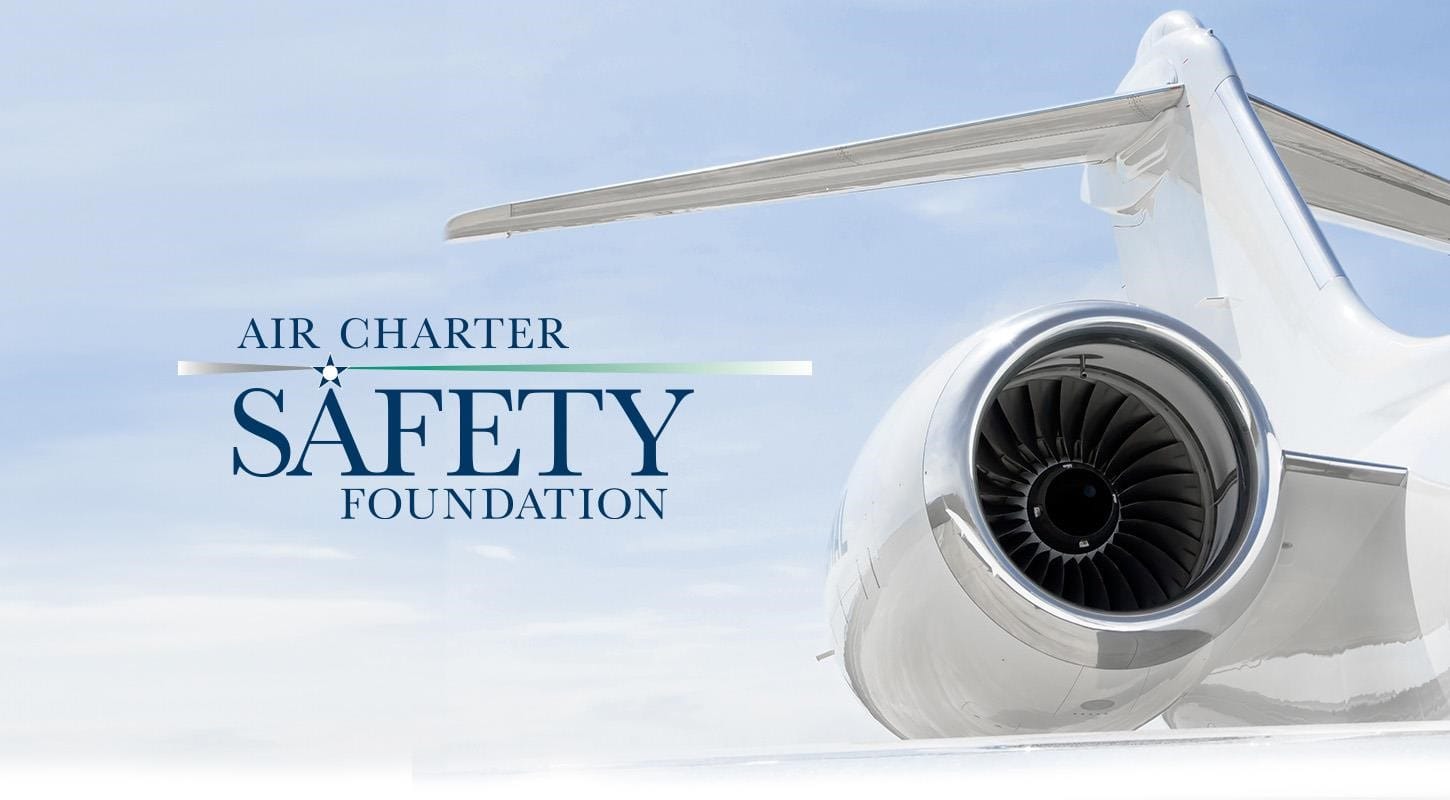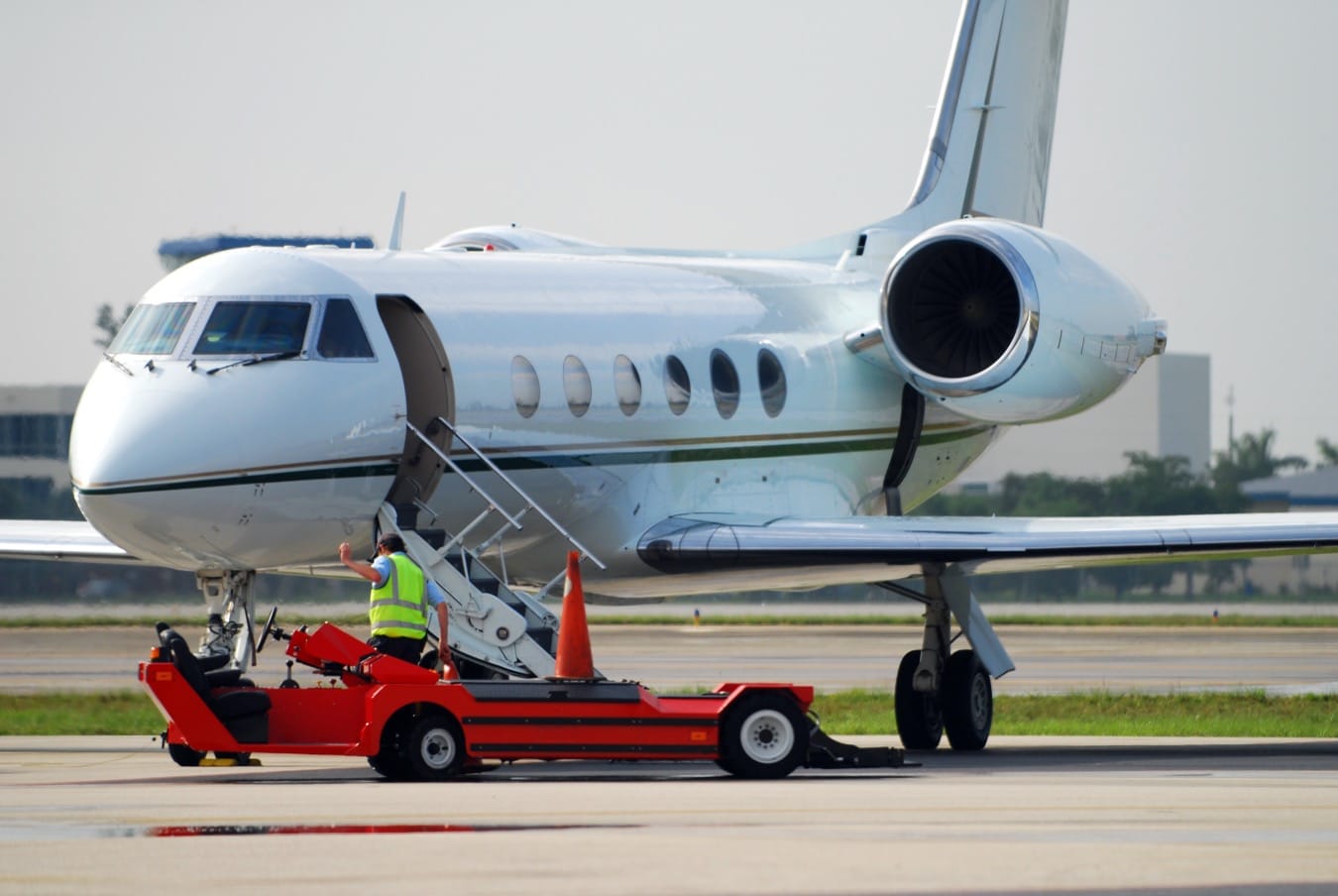Following are redacted Aviation Safety Action Program (ASAP) reports from four participating companies during the January through March time period. Please consider sharing these recommendations with your safety team in an upcoming training meeting.
TAXI ERROR – ATC COMPLICATIONS/ERRORS
Overview:
- Reviewing airport diagrams to check taxi instructions is important. I think it can be more confusing and pressuring in busy airports, but it’s critical to always put safety first by checking the locations and directions.
- Don’t stop on the runway. It’s inadvisable to stop and review the instructions, even if the runway isn’t in use.
- It all comes down to preparation. Anticipate taxi instructions and plan ahead, rather than opting not to do so.
Report Narrative:
After completing the taxi briefing for [Stuart Airport and its hotspots], we called for clearance to taxi. Instructions from ground were given to “taxi to runway 30 via taxiway A.” Upon arriving at the hold short for runway 34, we stopped and set the brakes. I asked the copilot to inform tower that we were holding short at runway
34. Tower’s reply was more of a query, asking if we were holding short of runway 34, followed by what I recall as “Pull up and hold short of runway 30.” After our reply of the clearance, we proceeded slowly across the runway 34 hold short line onto runway 34 to hold short of runway 30. At that point, the tower asked us if we were holding short of runway 30. We stopped and held position midway during our crossing of runway 34. At this time, an aircraft was on approach to runway 30, and tower directed them to go around. As we were now in a position to see the entrance area for runway 30, we noticed that there was no hold short signage for runway 30 (and we informed tower of such). Tower then informed us that the hold short for runways 34 and 30 are the same and should hold short position for runway 34. We were then cleared by tower for takeoff runway 30.
Suggestions:
I distinctly remember seeing the yellow sign with the hold short depiction and 34, suggest 30/34 signage together. Additionally, as a noted hotspot, the only verbiage noted is that pilots should use caution to line up on the correct runway. I would suggest adding additional verbiage to the hotspot notes. The addition should identify that the hold short line for runway 34 is for both runways 34 and 30. By tower giving us what appeared to be “additional direction” for us to follow, we inferred that we were not in the correct position, and that we needed to move. I suggested that tower tell us to “continue to hold short” if we were in the correct position. It was our purposeful intention that by stopping at and informing ATC at all hold short positions before crossing, we were adding an extra safety layer. If, indeed, there was some type of signage that we missed, I would like to be informed of it and see it. [name], Captain [tail number].
AIRCRAFT EQUIPMENT TEST – EMERGENCY SQUAWK CODE
Overview:
● Even highly proficient pilots take risks, but it shouldn’t have been the case in this situation. SAFETY first.
● Don’t be selfish up in the air. It will cause disruption to ATC in charge for the flight.
● Invulnerability from 5 hazardous attitudes.
Report Narrative:
Upon arrival into KPSF, VMC, below radar COVERAGE, approximately1815Z and on a three-mile final, I tested the TCAS to see if squawking 7700 would set the TCAS from TA/RA to TA ONLY. Current squawk was 1636, TCAS system page open. Using the numerical key, I selected 7700, observed the TCAS page and set it back to 1636. Time duration @ five seconds. TCAS stayed in TA/RA.
The reason for this test was to determine if the TCAS would in fact default to TA ONLY. Misinformation regarding this is circulating around in the industry. What I’m hearing is that, if you have an engine failure, squawking 7700 reverts the TCAS to TA ONLY and you do not have to set TA ONLY manually. This appears to be false, as the TCAS display page stayed on TA/RA.
After researching this on the ground and in the Collins avionics manual, I found no information on TCAS changing to TA ONLY from squawking 7700. I elected to try this inflight, but at a point that would not falsely alert the controller (below radar coverage). Therefore, on this deadhead leg, with no passengers, VMC and below ATC radar going into PSF, I thought would be an opportune time to test this. The test was very quick (like squawking 1200), and didn’t distract from the flight.
After landing, I contacted ALB on 128.6 to advise cancelling IFR, and the controller asked me if everything was okay. I responded yes. He then said he picked up a 7700 squawk from us. I explained, as above, that I was testing the TCAS and didn’t think he could see it below radar coverage. He then said that he can, in fact, see the squawk all the way to the ground. I didn’t know that and apologized to the controller. If I had known, I never would have attempted this test.
SINGLE PILOT TAXIING FOR MAINTENANCE CHECK – GROUND ONLY – SINGLE PILOT OPS
Overview:
- Regardless of the operation, I think it’s always important to have two pilots in the cockpit. Whether we’re flying a small or large jet, the absence of a second pilot will always pose more risks.
- Aviation safety ties back to ALPA’s point regarding always having two pilots on deck. For any reason, if anything happens to the pilot during the check, outcomes could be worse.
- Think before taking action.
Report Narrative:
I was asked to do engine runs following completion of maintenance. Among the items that were replaced were both pitot tubes. After we checked pitot heat function and RAT probe aspiration, I suggested we taxi the plane to verify that airspeed was operating during taxi. I did a taxi down A to 14R at KBFI and then back to parking via 14R and A9. The airspeed did come up evenly on both sides. After parking and shut down, maintenance had an item to check on further and I went home. I began questioning my decision to taxi the plane single-pilot in a two-crew airplane. I then started thinking about all the “what if” questions and determined that I should not have done a taxi without the second crew member. I called the chief pilot phone number and discussed what I had done. I also informed the other crew member, who is the lead pilot for this aircraft.
DISORDERLY PASSENGERS – ENTIRE FLIGHT – DRUG USE BY PAX
Report Reason:
- Hazardous behaviors from passengers will ultimately bring a lot of risks to the safety of flight. Smoking and doing drugs are illegal in-flight, but pilots did not stop the flight.
- Pilots need to be more assertive to passengers in this situation and warn them that the flight cannot continue. Safety always needs to come first no matter what happens.
- Smoking can rapidly spread in a pressurized cabin, and can cause fire in flight. Passengers can also experience health problems.
Report Narrative:
Lots of little issues arose during the flight in question, mostly regarding poor judgment on the passengers’ part. The passengers were smoking vapes and continued to do so after being told that there is no smoking on the plane. They were also observed putting the vapes away and hiding them if a pilot was around. I don’t know exactly how many passengers in total were smoking, but the flight attendant said most of them were engaged in it throughout the entire flight. Also, seating was an issue, and a few of the female passengers wanted to sit on the credenza. I asked pre-departure that they not sit there, and I went back mid-flight to open the seat that’s available until–but not including—landing. At landing, one of the passengers decided to get up and use the lavatory. Upon touchdown, she was thrown to her knees in the galley from the reversers (6500-ft strip). The rest of the issues were cosmetic, mostly related to poor judgment and decorum.
Suggestions:
As a group, we decided that bringing these passengers home had no upside for the aircraft or crew. On the way out, they had shown us that they felt rules and boundaries weren’t applicable to them. 5:42 minutes over open water, with multiple fire hazards, was not a risk we were willing to take. What’s more, all of us suspected drug use beyond vaping. Groups of them numbering between two and five were visiting the aft lavatory for 10-15 minutes at a time. It wasn’t something that we could absolutely prove, but it did give us an explanation as to why the passengers were adamantly against crew instruction.






